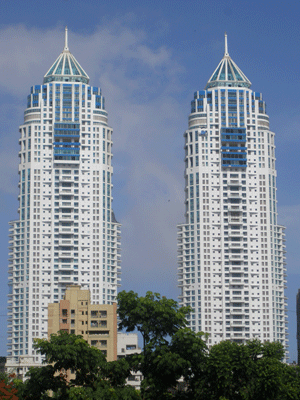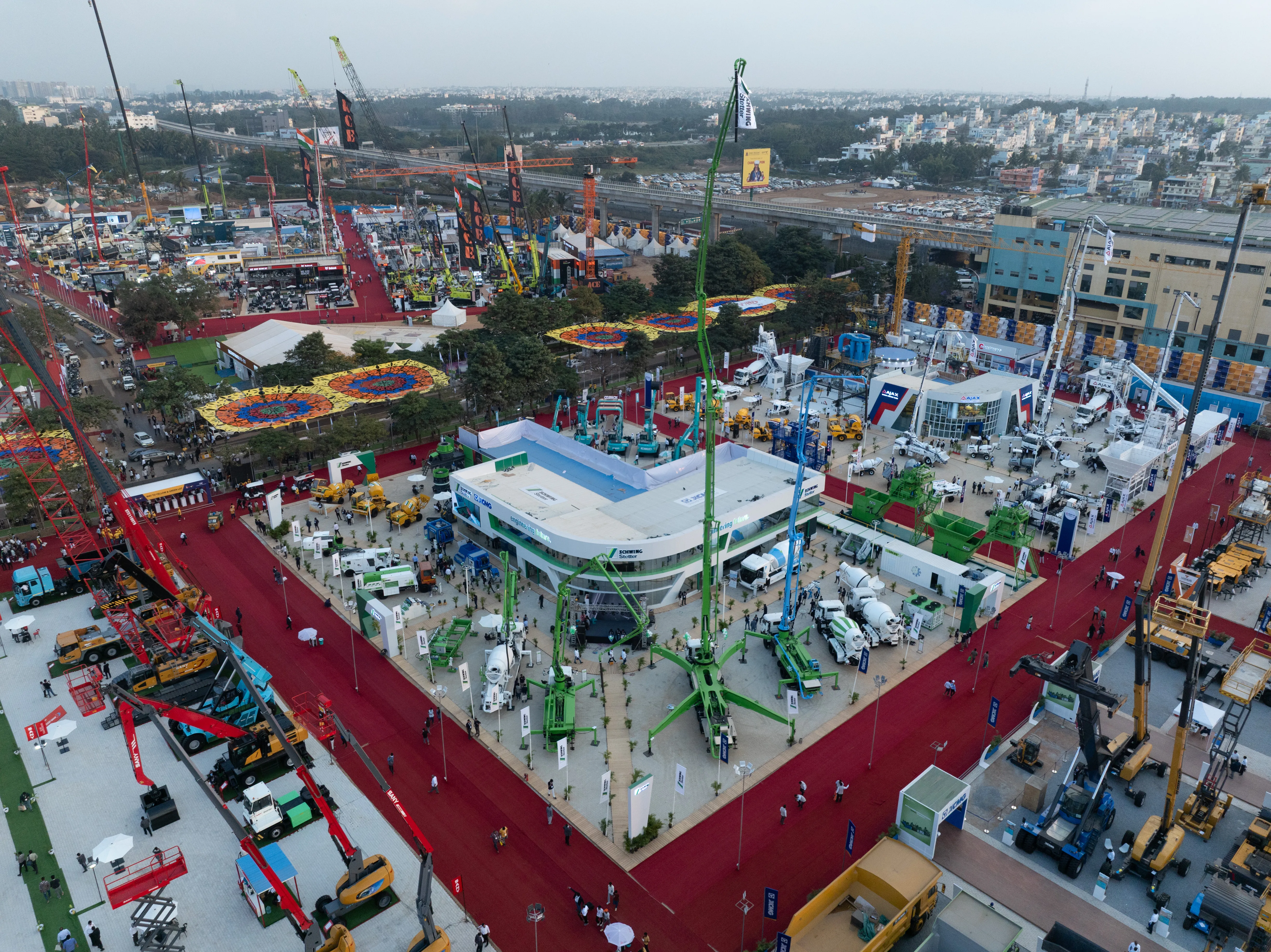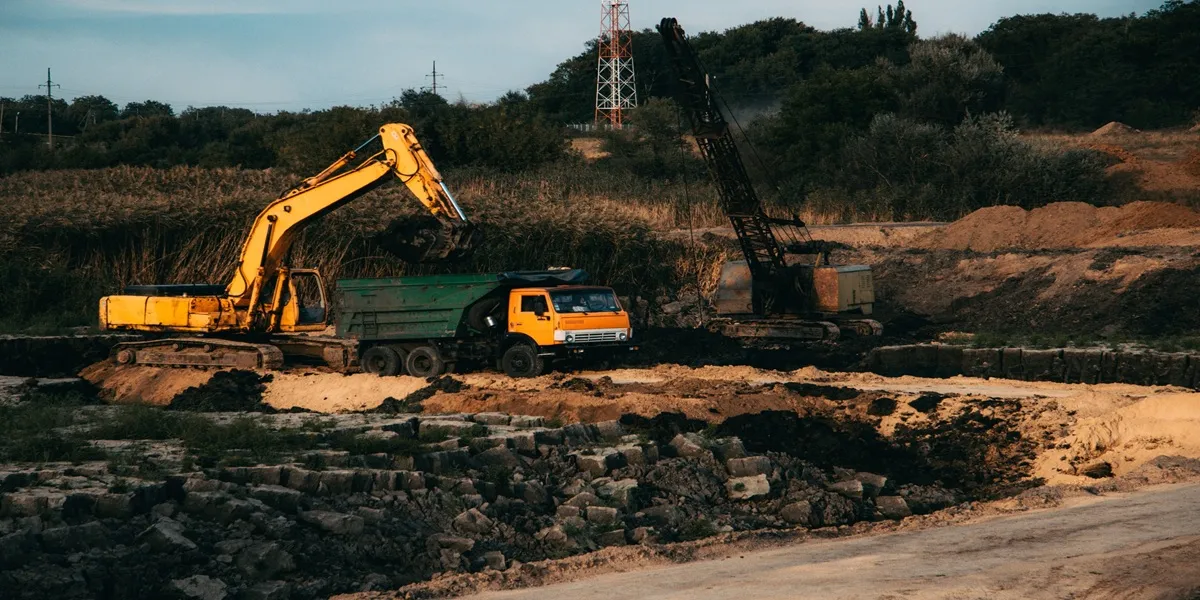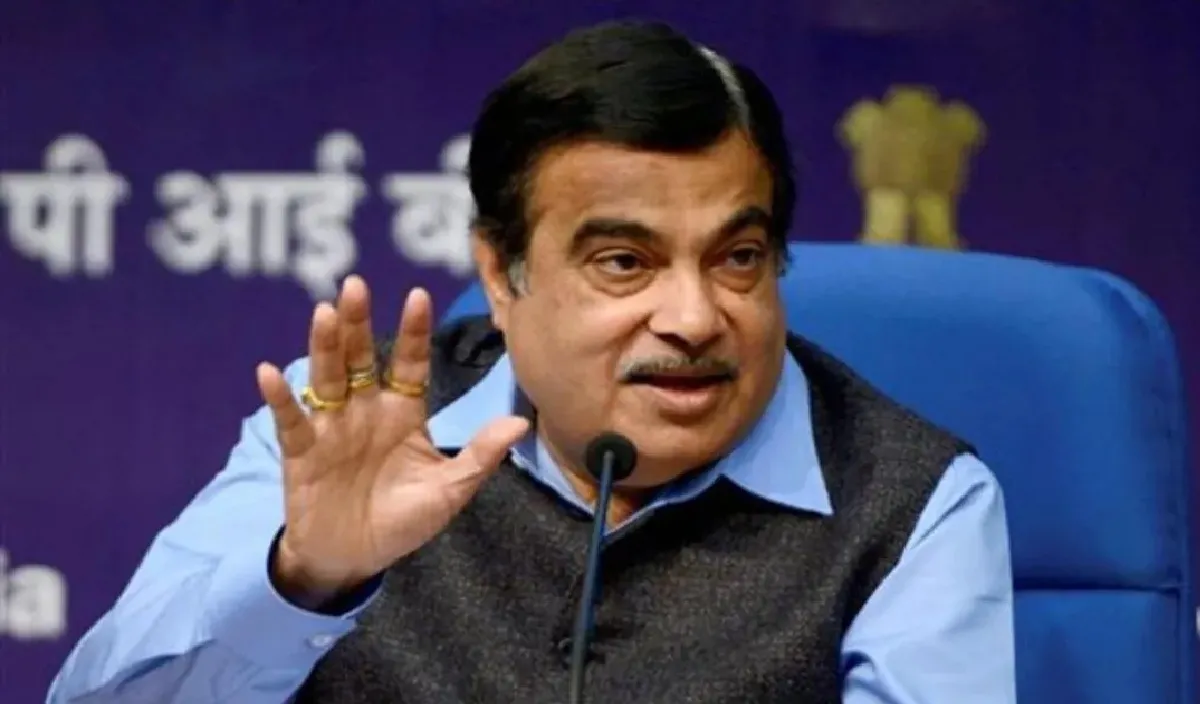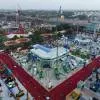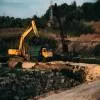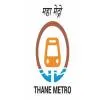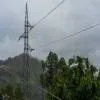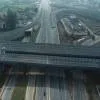"Higher FSI norms and requirement of open spaces by MoEF increase the urgency for the construction of tall buildings" - Dinesh Dubey, General Manager-Projects, SD Corporation The high-rise committee has defined a tall building as any building with a height of 70 m or above. Indeed, going vertical seems to be the new mantra for developers in mega cities. Dinesh Dubey, General Manager - Projects, SD Corporation speaks to CW about his views on developing tall structures along with the diverse construction aspects of the landmark tall structure in Mumbai, The Imperial.
What are the latest advances and trends in the construction of tall buildings?
We have had quite a few advances in the construction of tall buildings in India. To begin with, in engineering it has been the formwork system such as the jump form and aluminium formwork that enables the project to achieve the minimum slab cycle time for completion. The other latest developments have been in four key segments: sustainability, smart homes, standardisation and security. Sustainability is the buzzword in the real-estate sector. In fact, our project The Imperial boasts a number of sustainable measures. It is one of the few buildings in the city that not only imposes a fine on residents who fail to segregate wet and dry garbage, but has a separate collection system for e-waste.
One fast developing trend has been the concept of 'smart homes', which refers to the level of automation within the apartment. This can range from the level of safety and security to utility and further to luxury. Standardisation has also been a trend, given the scarcity of space and limited number of skilled workers. We have tried to standardise equipment, manufacture the same components at a particular factory and then assembled it back at the site location. Security encompasses safety, fire-detection, fire-fighting equipment and the fire escape chute within the project. It entails refuge floors and fire checks being spread across the entire building.
Please touch upon the latest developments on vertical transport, facades and wind tunnel testing.
In vertical transport, we can see developments in the form of destination-controlled transport, double-decker lifts, high-speed elevators and jump lifts. In the case of facades, usage of high-performance glazing that is soft-coated and low heat has been on the rise for tall buildings. It allows sunlight but restricts heat and reduces the decibel levels inside the apartment. Further, wind tunnel testing is critical, especially for a city like Mumbai. We usually build a scale model and simulate wind conditions to test the effects and make requisite changes in the structural design.
What are the local challenges and opportunities involved in the construction of tall buildings? Can you share some examples on shaping tall buildings in the local context?
Mumbai is a city of paradoxes. It has space constraints very similar to New York and Hong Kong but its affordability factor is that of third world countries. Hence, we are forced to pursue benchmarks of developed nations with local costs. We face issues such as lack of working space and difficulty in movement of heavy goods from the main arteries of the city. These lead to cost escalation and make the standardisation and mechanisation of the construction process challenging. As a result, we have been manufacturing quite a few building components off-site within a factory set-up, which is brought in knockdown conditions and installed. For example, precast staircases, precast lintels and even ready-made kitchens are built at an outside location instead of the site itself. We are also exploring the option of prefabricated toilets.
What are the various materials used in the construction of these buildings?
The materials used in the construction of tall buildings are similar to that of normal buildings except that the use of some materials increases depending upon the height of the structure. For example, the consumption of steel breaks a threshold of 8 kg to 10 kg per sq ft and the quality of cement used increases from M40 to M80 or even M100 in certain cases.
In the Indian scenario, what are the challenges involved in the construction of tall buildings? What is the role played by technologies and software to overcome the same?
Constructing a high-rise tower, which means above 70 m in Mumbai, has its own set of challenges varying from permissions to engineering and construction. To begin with, we need to conduct feasibility studies including geotechnical studies of the location, and study possible width-to-height ratios, possible foundation designs to decide on the scale, and structure of the construction. Additional permissions are required to construct high-rises, which include high-rise approval and Ministry of Environment and Forests (MoEF) approval in addition to the various other approvals required for construction. Engineering is a challenge in itself with the requirement of steel structuring, high quality of plant and machinery, and specialised labour required to develop the high-rise structure. Further, construction challenges like vertical movement of equipment including water concrete and safety of labour at these heights need to be addressed.
The Imperial was constructed with the L&T Doka System for shuttering all the columns and shear walls and slabs were done with TITAN shuttering, which is a German technology. It was the first residential tower with M50 grade concrete which is generally used for bridges, dams and culverts. The concrete pour was done using two self-standing tower cranes and climbing placer boom. The highest point of pumping was 300 m from ground level. We also used building information modelling (BIM) for conflict resolution during the construction process.
Introduce us to some of your tall building projects along with their key highlights.
The Imperial is the flagship project of SD Corporation; it consists of two residential towers of 60 storeys each and 253 m (827 ft) above mean sea level. Designed by Hafeez Contractor, the towers boast exclusive apartments ranging from 2,500 sq ft to 10,000 sq ft. With spellbinding 270¦ views from each apartment, multi-storeyed parking and multiple levels for recreation and club house, the first habitual floor starts from level 12.
Amenities at The Imperial:
- Eight high-speed passenger elevators per tower from Schindler capable of travelling at a speed of 6 m per second, considered to be the fastest in India
- One of the few residential buildings in the world to have an aluminium composite panel (ACP) fatade that is virtually maintenance-free for up to 40 years
- Clear ceiling height of 10.8 ft and 11.8 ft (without false ceiling)
- Large format apartments (2,550 to 10,000 sq ft)
- Each apartment exquisitely crafted by renowned designers: Pinakin Patel, Neterwala Aibara Interior Designers and Craig Nealy Architects, USA
- Use of M50 grade cement, usually used to build dams and bridges
- Fe 500 iron used instead of the regular Fe 450. This gives the slabs added tensile strength allowing longer spans between beams
- A grand, three-level lobby
What is the cost involved in the construction of a tall building? How is the cost measured for tall buildings? What are the ways and means to control cost and save time?
It definitely does get more expensive to build tall structures as the cost of construction goes up. The requirements of steel structuring, high quality of plant and machinery and specialised labour required to develop the high-rise add to the cost of the structure. Labour and material including water, concrete etc, needs to be moved vertically. One needs to take care of the fire safety and rescue requirement, safety of labour at these heights and evacuation processes. Using the right technology is a must to ensure quality standards during and after the construction process.
Are Indian building codes suited to current developments with regard to tall buildings in real estate or could they be better?
The current codes have been drafted in the 1980s and are hence not conducive to the development of tall buildings. We definitely need improvement betterment to suit advancements in building and construction.
How do you see the market for tall buildings growing in India? Do you think India is well equipped to execute the same?
Going higher is dependent on the availability of land and is very specific to certain cities including Mumbai. Being an island city, Mumbai will always have a shortage of land and it is imperative to expand vertically in these circumstances. Also with Mumbai being a financial capital, linkages to the city's centre are the key drivers to the demand of apartments within the city limits. Adding to this are the higher FSI norms and the new requirement of open spaces by MoEF, which increase the urgency of this need in Mumbai.
Click here to read Feature on Tall Buildings in CW December 2013 issue
